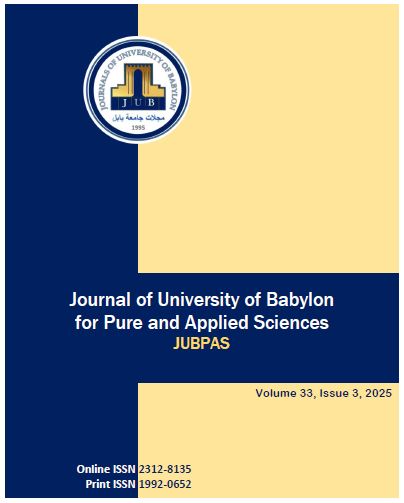Gap analysis between actual compliance and ISO14001:2015 requirements (Case study in The General Company for Vegetable Oil Industry.)
Main Article Content
Abstract
Background:
Environmental management systems (EMS) enable organizations to manage their environmental impacts. Globalization has increased the need for organizations to engage in environmental sustainability. In developed countries, ISO 14001 provides the basic guidelines for sustainability, but in developing countries, sustainability is still a new concept.
Materials and Methods:
This research paper aims to emphasize the importance of the Environmental Management System (ISO 14001) as one of the fundamental pillars upon which organizations rely, and to identify the actual level of compliance with its implementation at the General Company for Vegetable Oil Industries, which has obtained ISO 9000 certification.
Results
The study results summarized that the compliance rate for implementing ISO 14001:201 standard reached (60.5%), and the gap percentage was (39.5%).
Conclusion:
These results indicate that the company needs to complete its environmental management system in preparation for certification. It still needs to address weaknesses in its environmental management system by focusing more on the responsibilities and authorities of its environmental management, improving planning, support, and operation requirements to ensure improved environmental performance.
Article Details
Issue
Section

This work is licensed under a Creative Commons Attribution 4.0 International License.
